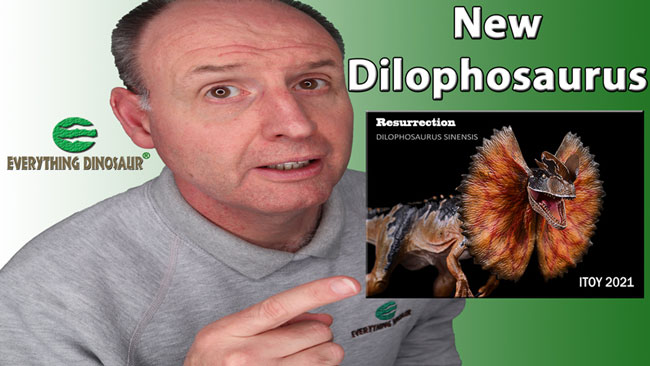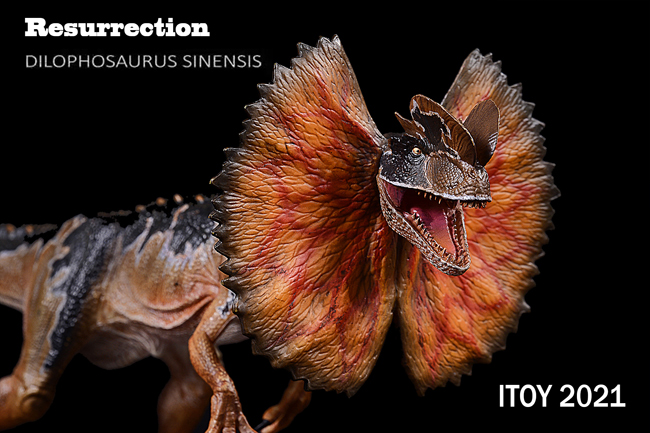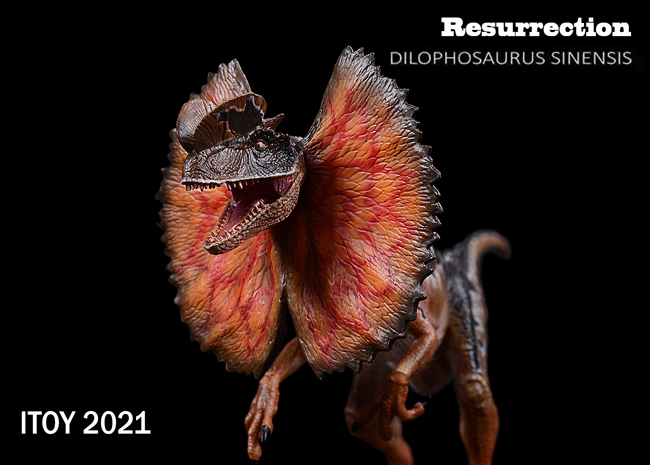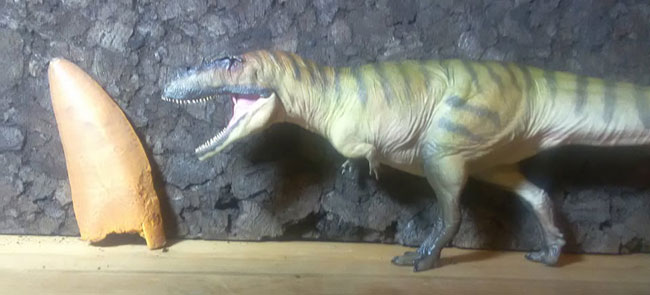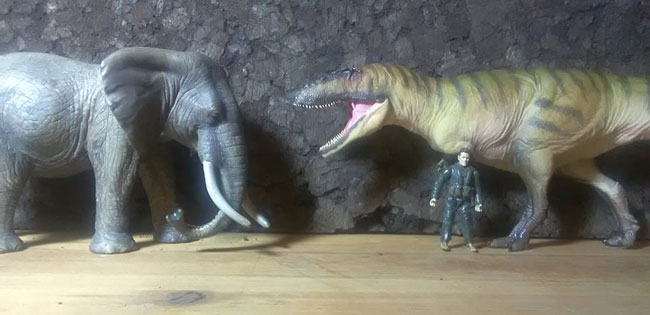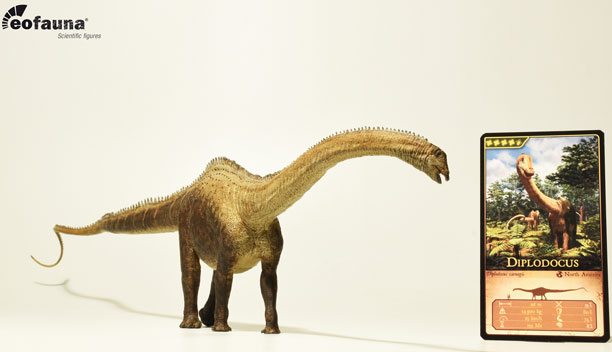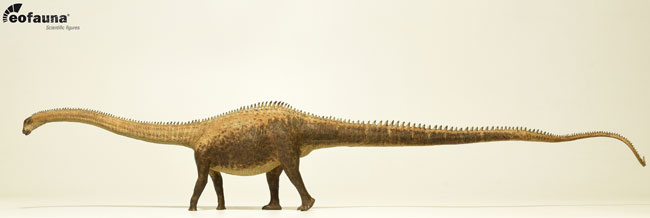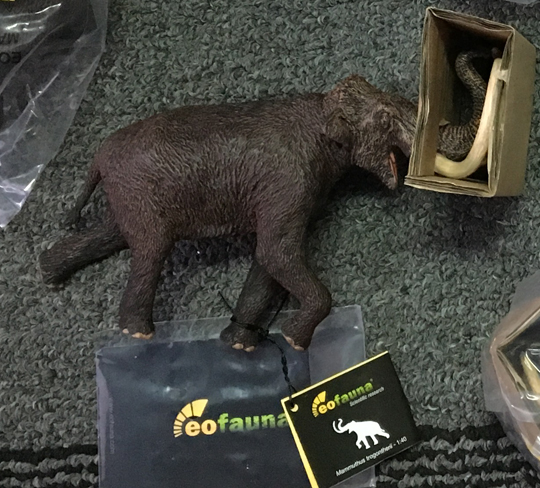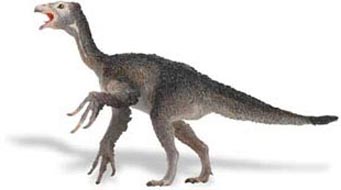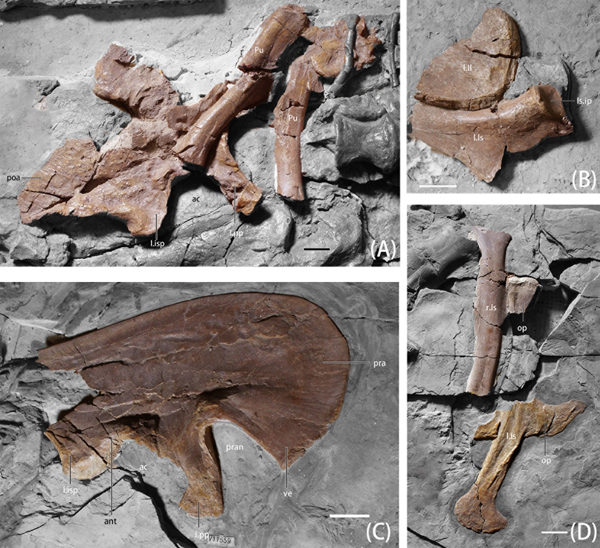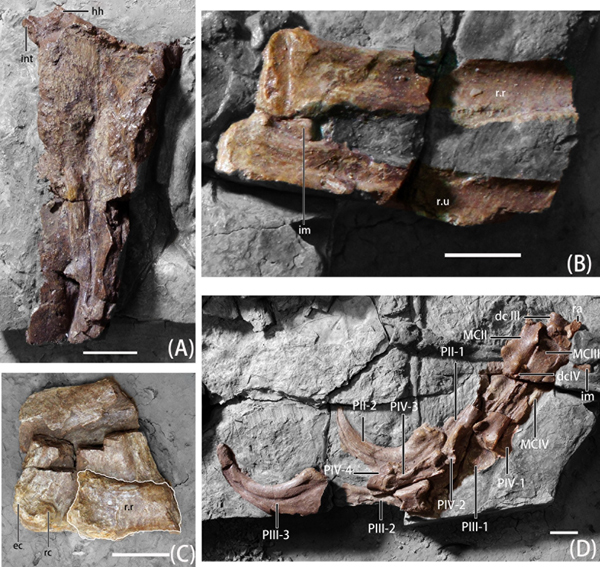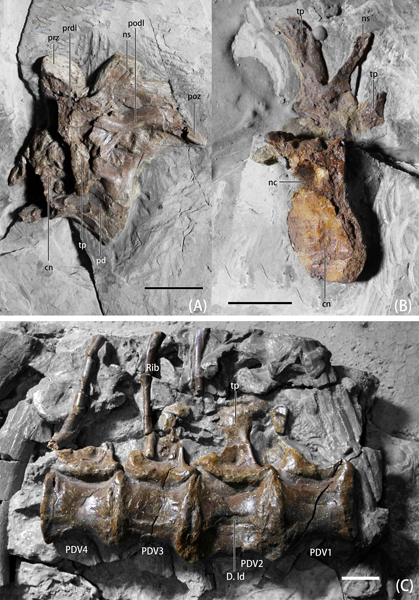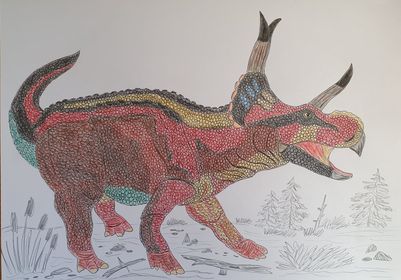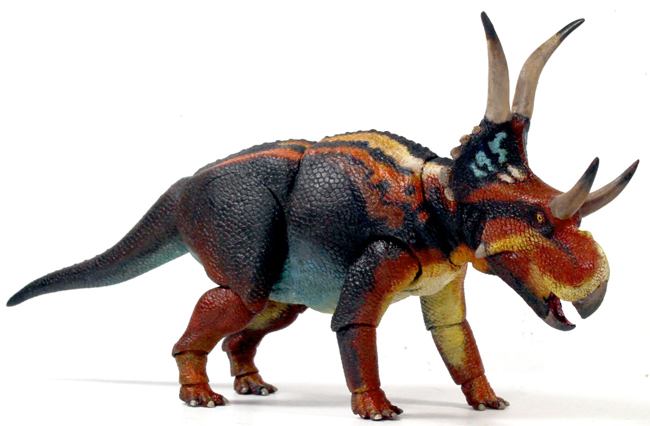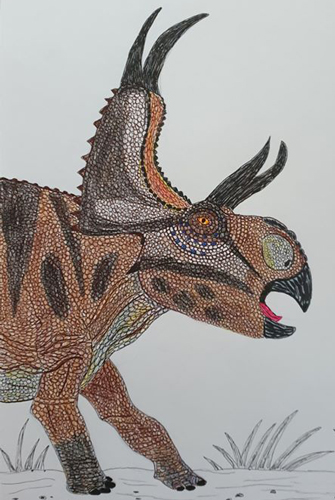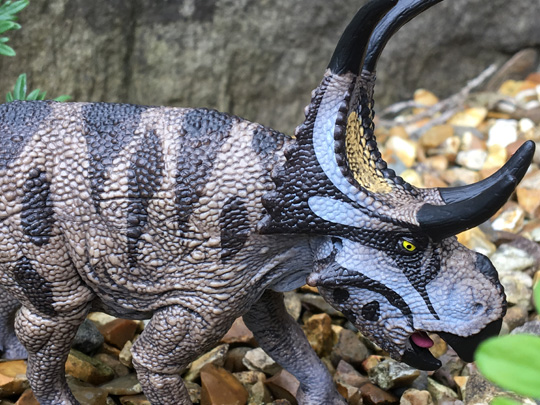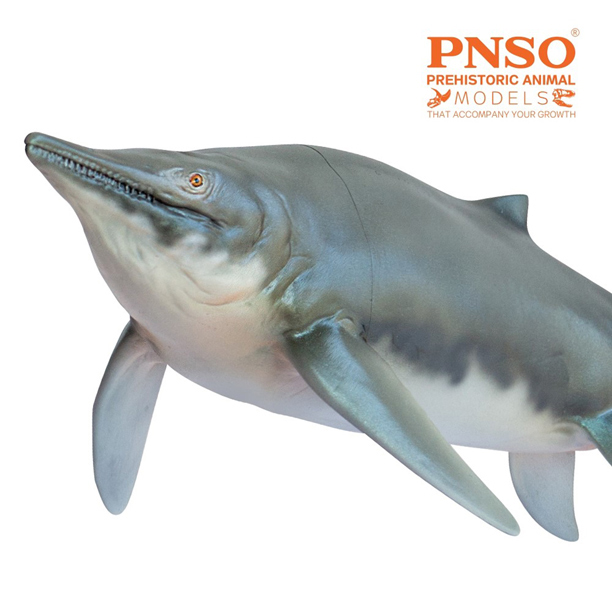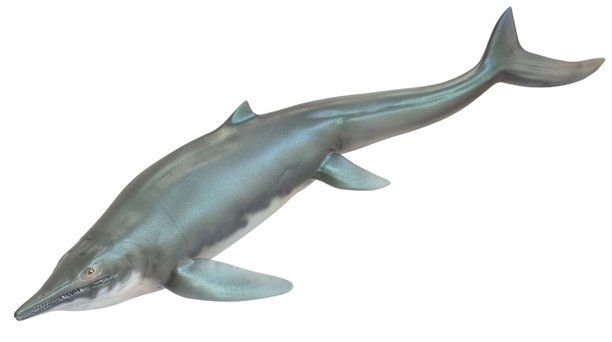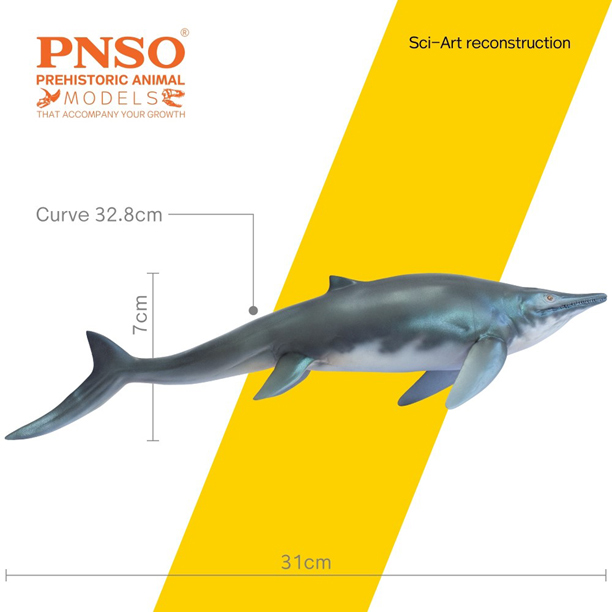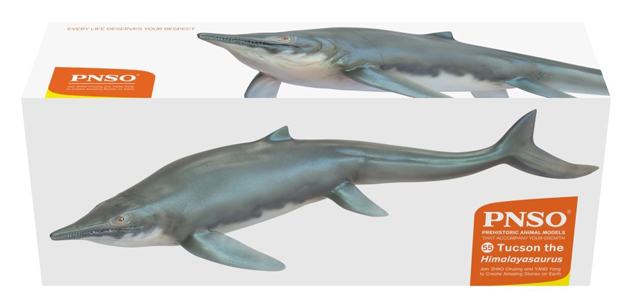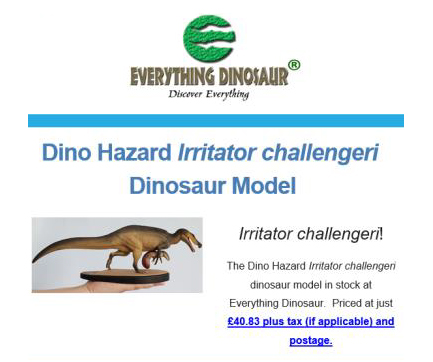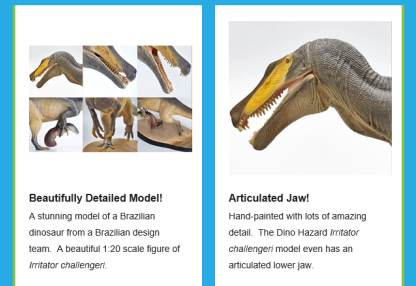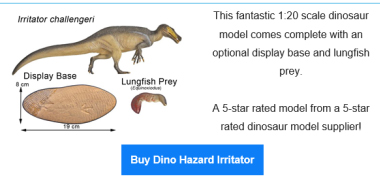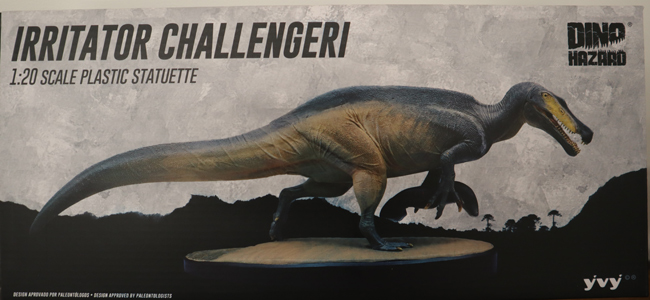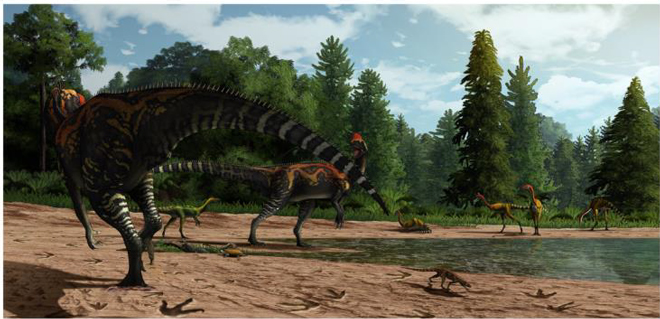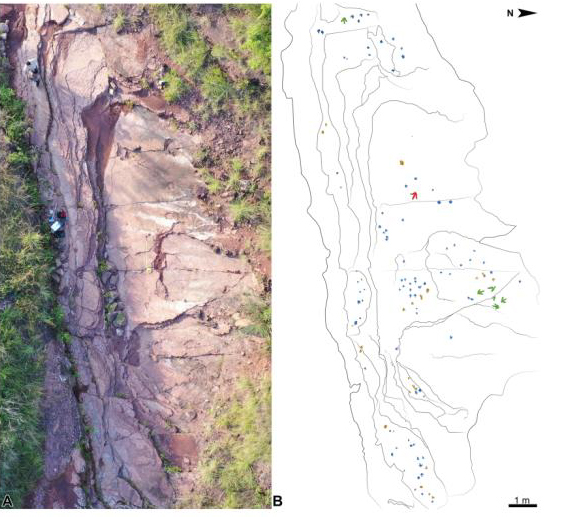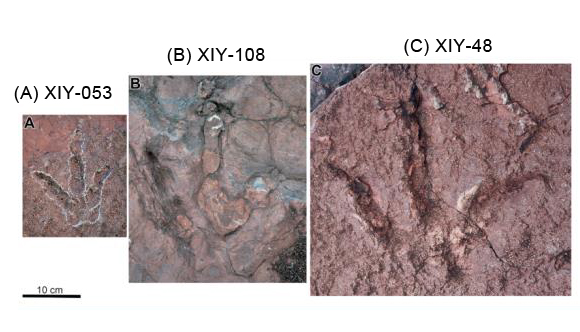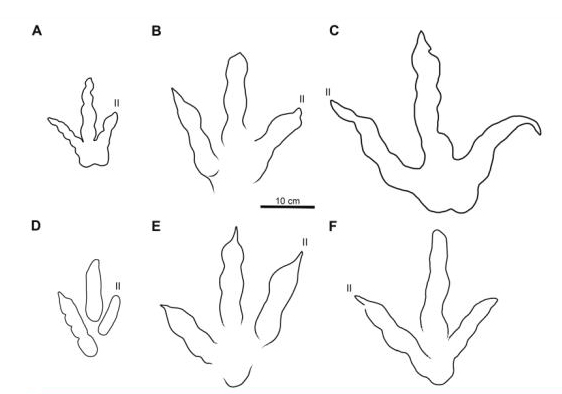New Research Reveals Evidence of Organic Molecules in the Cells of a Caudipteryx
An almost perfectly preserved specimen of the very bird-like theropod Caudipteryx has provided researchers with evidence of organic molecule preservation at a cellular and nuclear level. Writing in “Communications Biology”, scientists from the Institute of Vertebrate Palaeontology and Palaeoanthropology of the Chinese Academy of Sciences, in collaboration with colleagues from the Shandong Tianyu Museum of Nature (Shandong Province, eastern China), report on a study of fossilised cells from cartilage associated with a Caudipteryx thigh bone that reveal exquisite molecular preservation.
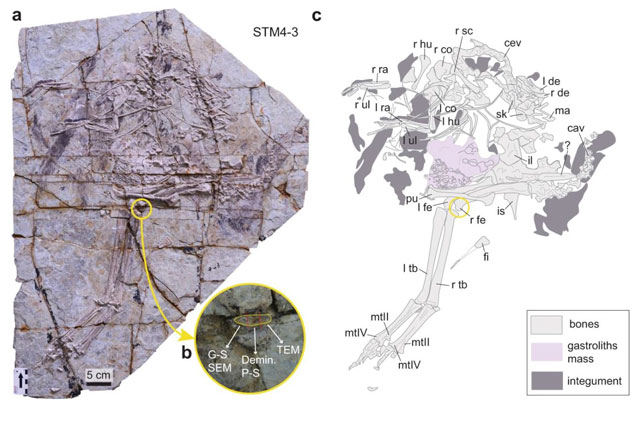
Fragments from a Femur
The specimen (number STM4-3), is in the Shandong Tianyu Museum of Nature vertebrate fossil collection, one of the largest collections of dinosaur fossils in the world. It was collected from the Yixian Formation near Chaoyang City, Dapingfang Town (Liaoning Province) and is almost complete and partially articulated. Gastroliths are preserved in the stomach cavity and the outline of some feathers can also be seen. A right femur, measuring 15 cm in length was examined, a fragment removed representing cartilage and divided into three portions to permit detailed scanning electron microscopy (SEM), histochemical staining, energy-dispersive X-ray spectroscopy (EDS) and transmission electron microscopy (TEM) along with chemical analysis.
The research team realised that some cells had been mineralised by silicification after the death of the animal. This silicification is most likely what permitted the excellent preservation of these cells.
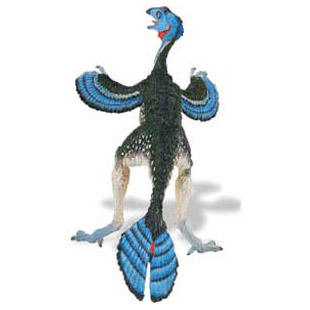
The picture (above) shows a Cauipteryx model produced by Safari Ltd.
To view the range of prehistoric animal figures in this range: Wild Safari Prehistoric World Models.
Li Zhiheng, an Associate Professor at the Institute of Vertebrate Palaeontology and Palaeoanthropology and a co-author of the study commented that the discovery of cellular preservation in the cartilage was not unexpected stating:
“Geological data has accumulated over the years and shown that fossil preservation in the Jehol Biota was exceptional due to fine volcanic ashes that entombed the carcasses and preserved them down to the cellular level”.
Healthy Cells and Unhealthy, Dying Cells
The researchers discovered two main types of cells, cells that were healthy at the time of fossilisation, along with unhealthy cells that were porous and fossilised while in the process of dying.
Co-author Alida Bailleul (Institute of Vertebrate Palaeontology and Palaeoanthropology), explained:
“It is possible that these cells were already dying even before the animal died”.
Cell death is a process that occurs naturally throughout the lives of all organisms. But being able to identify a fossilised cell at a specific life stage within the cell cycle is quite new in palaeontology.
Staining the Nuclei of Dinosaur Cells
The team isolated some cells and stained them with a purple chemical used by biologists to identify nuclei material. This chemical, hematoxylin, is known to bind to the nuclei of cells. Cells from a chicken were also stained to provide an extant comparison. One dinosaur cell showed a purple nucleus with some darker purple threads. This provides strong evidence to support the idea that the 125-million-year-old dinosaur cell has a nucleus so well-preserved that it retains some original biomolecules and threads of chromatin.
Chromatin is found within the cells of all living organisms. It consists of tightly packed DNA molecules. The results of this study thus provide preliminary data suggesting that remnants of original dinosaur DNA may still be preserved.
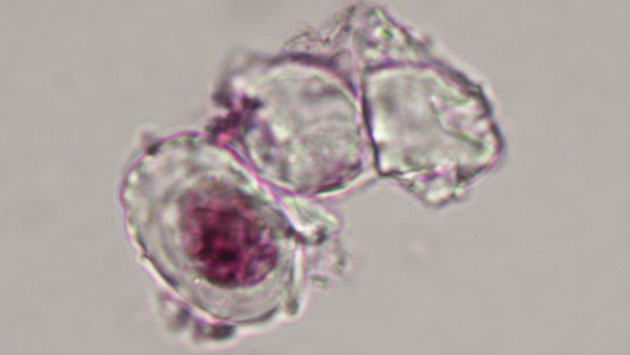
Much Further Work is Required
Whilst highlighting the significance of this study, after all discovering that 125-million-year-old dinosaur cells react to hematoxylin staining in the same way as living cells is remarkable, the researchers concede that a much more refined and precise approach will be required if dinosaur DNA is to be identified and recovered in any quantity.
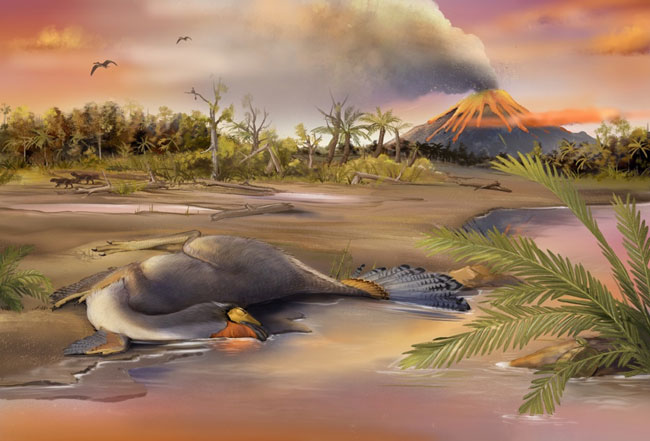
In 2020, Everything Dinosaur reported upon the discovery of chromosome-like chromatin threads preserved in the fossilised cartilage of a 75-million-year-old hadrosaur (Hypacrosaurus stebingeri). This study identified nuclear and cellular preservation which was previously unknown in a Cretaceous fossil specimen. To read our article: Cartilage, Proteins and Potential Dinosaur DNA?
The scientific paper: “Nuclear preservation in the cartilage of the Jehol dinosaur Caudipteryx” by Xiaoting Zheng, Alida M. Bailleul, Zhiheng Li, Xiaoli Wang and Zhonghe Zhou published in Communications Biology.
Visit the Everything Dinosaur website: Everything Dinosaur.



